AntoniaJames helps us stem our waste of herb stems.
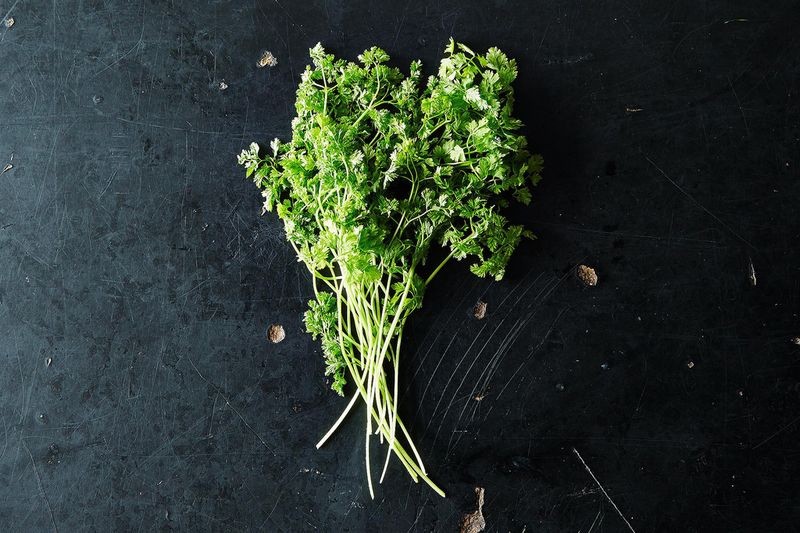
Last week as I was preparing dinner, my son walked into the kitchen saying, “Wow, that cilantro smells so good!” I was standing between him and my prep surface, so he couldn’t see what I was chopping. In fact, I was chopping just the stems, and not the leaves.
Herb stems, which most cooks routinely throw away, can add tremendous flavor to so many dishes we prepare every day. I figured this out years ago while making the precursor to this roast chicken, which starts with an entire bunch of cilantro buzzed in a food processor with aromatics.
Not many recipes call for herb stems, so let me give you a few tips on how to integrate them into your cooking:
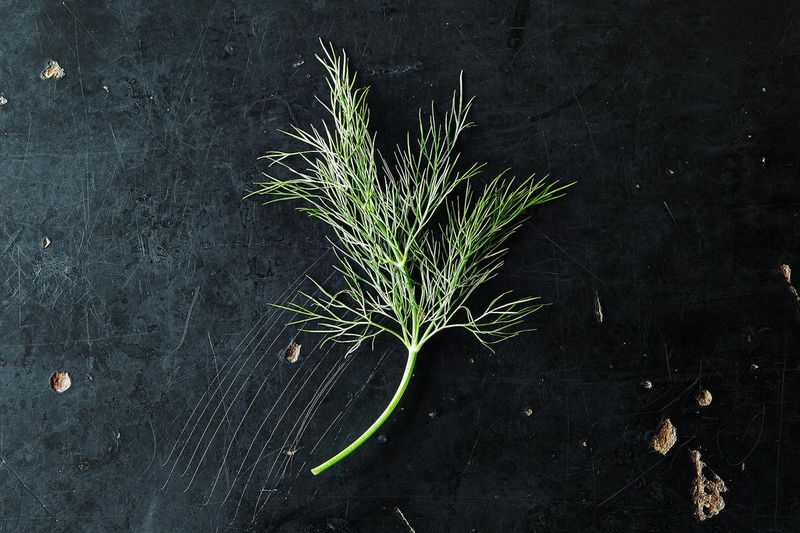
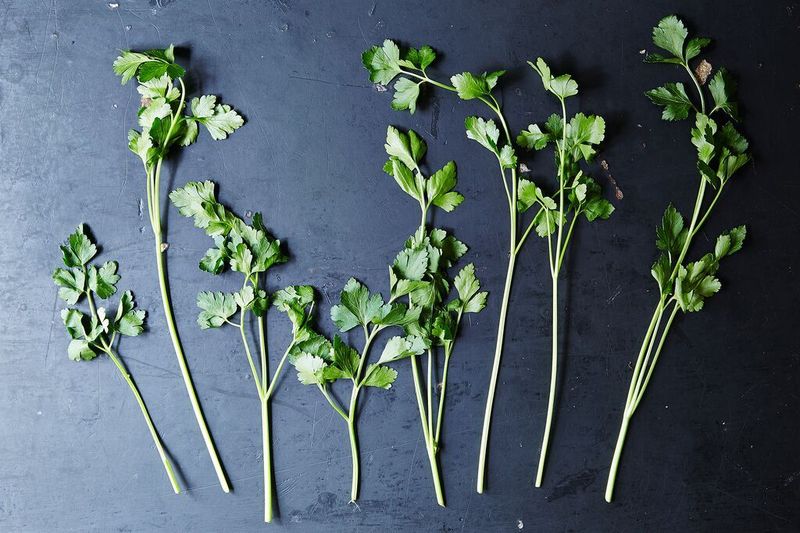
1. For adding to cooked dishes, salads, stocks, and salad dressings, use herb stems that are fresh and juicy. Parsley, cilantro, chervil, and dill work best.
2. Other herb stems tend to be bitter when eaten, but can be put to work in other ways. For example, stems from dried herbs like basil, rosemary, lemon verbena, and thyme add beautiful flavor when used for smoking fish or meat. (Be sure to soak the stems for an hour or so beforehand, so they don’t flame up.) Woody stems from rosemary and thick thyme branches from mature bushes both make terrific skewers for grilled or broiled meat.
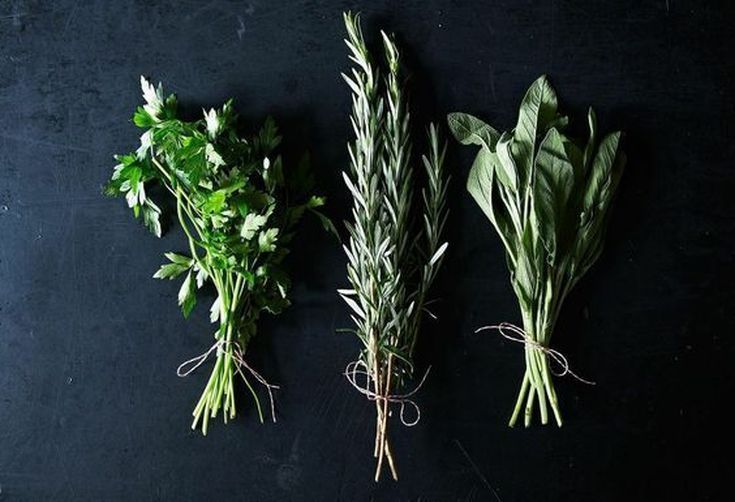
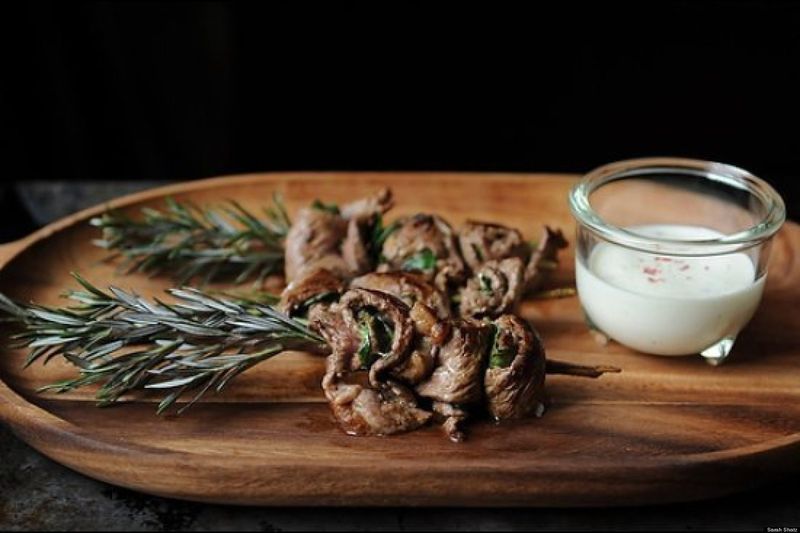
3. Herb stems can often be used after the leaves are over the hill. Just make sure the stems are firm and not discolored. (A little fading is okay.) The closer the stem is to the leaves, and the more finely you chop it, the more flavor it will release. Hold a bunch together tightly and slice into tiny cubes; cut slightly larger pieces for potato, tuna, and similar salads.
4. Finely chopped herb stems will practically disappear in most cooked dishes. When making stocks and braised dishes, add the cut stems after you've softened the aromatics or with the vegetables. For other dishes, like soups and stovetop dishes with rustic sauces, add them midway through the primary cooking time.
5. And don’t forget: If you cannot use those stems right away, freeze them! Simply rinse and lightly dry, wrap in a paper towel in a sealed plastic bag, and pop into the freezer. They take up almost no space, thaw out quickly, and are most easily chopped while still frozen.
To integrate herb stems into your cooking, start with these suggestions for types of dishes and specific recipes; they don’t call for herbs stems, but can easily be adapted:
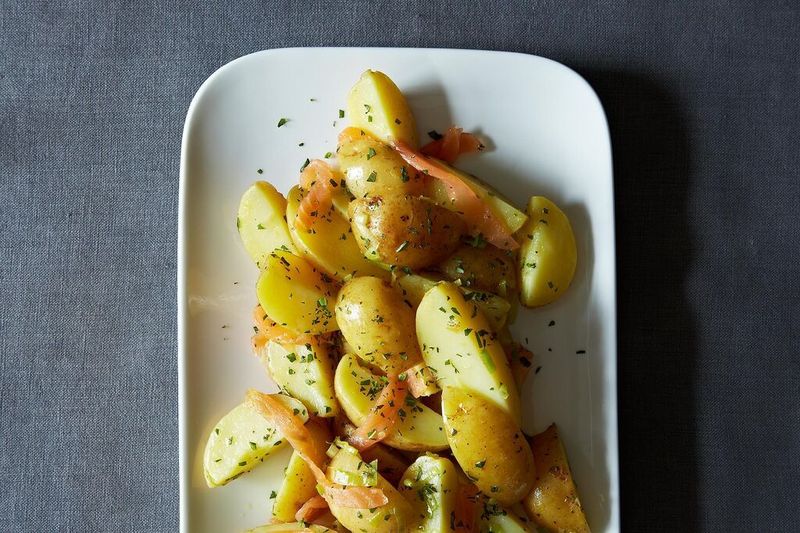
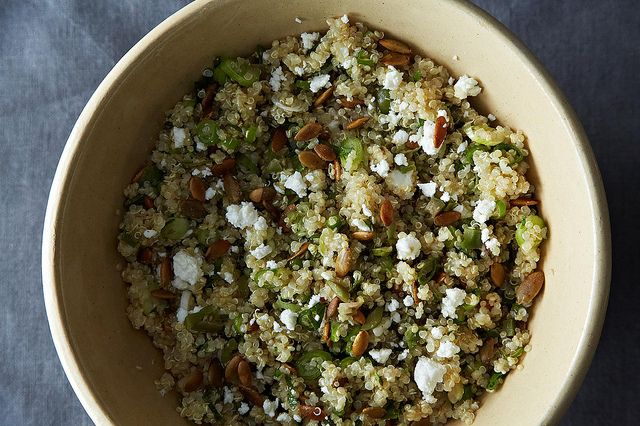
Potato salads:
Grain and quinoa salads:
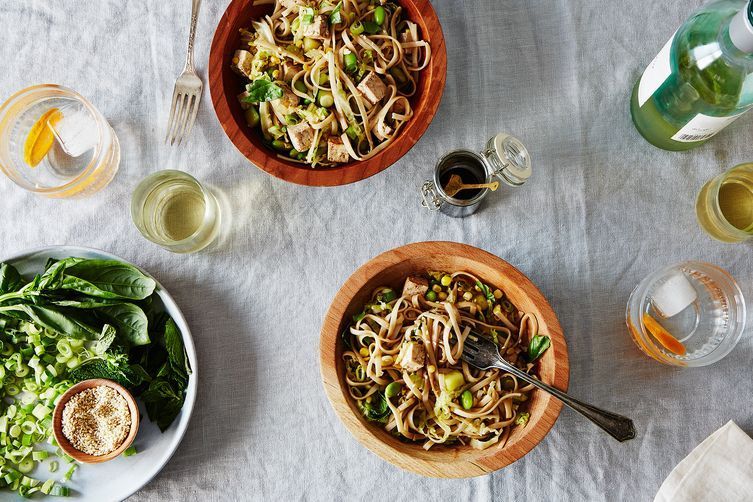
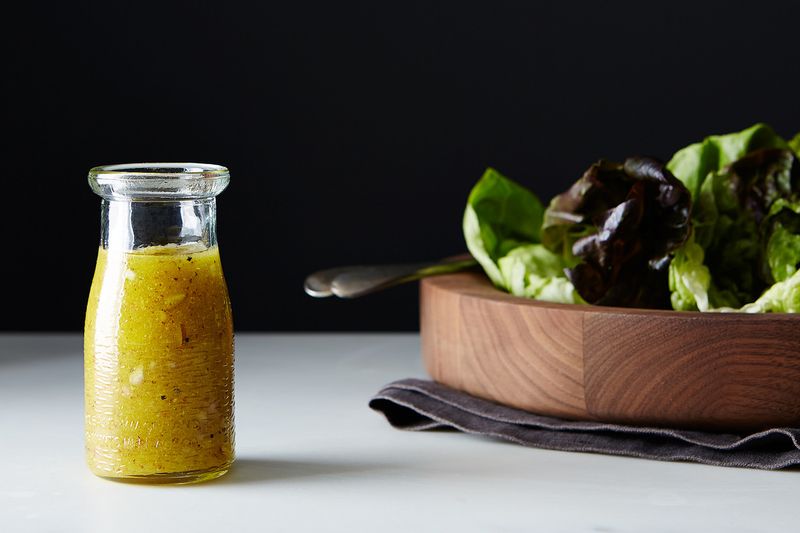
Slaws and noodle salads:
Simple vinaigrettes:
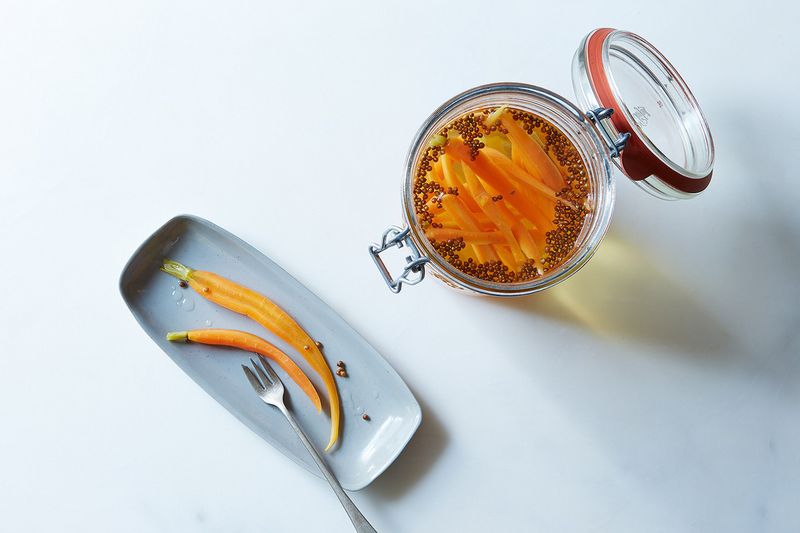
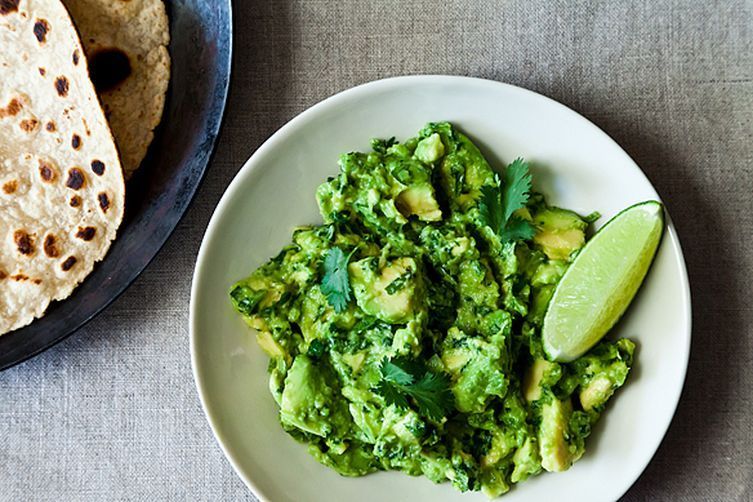
Quick pickles:
Dips with a fair bit of texture:
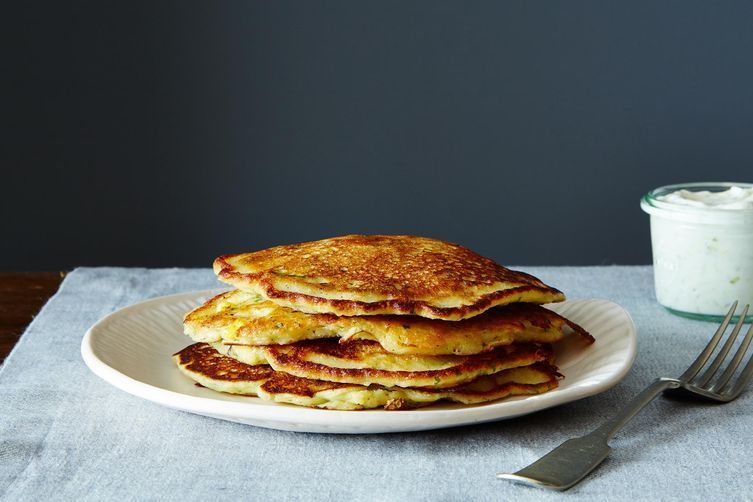
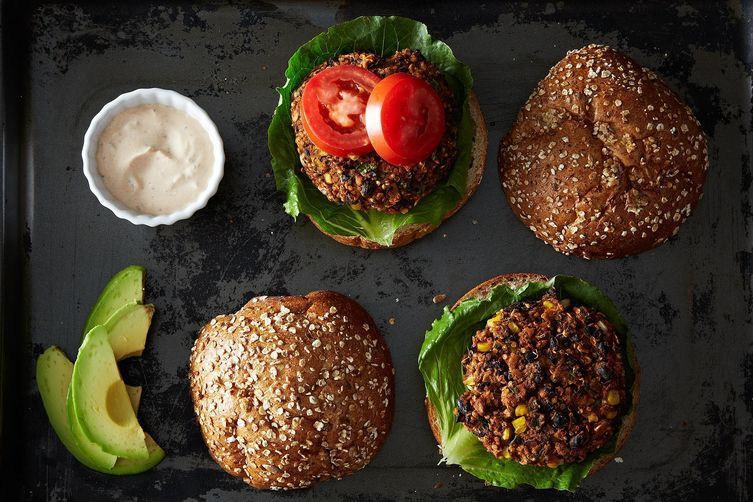
Savory griddle cakes:
Veggie burgers:
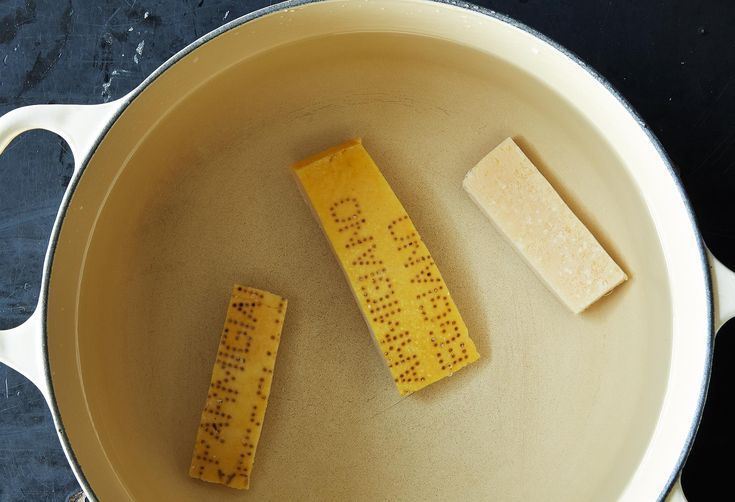

Stocks and broths (the easiest way to start using herb stems):
Brothy soups:
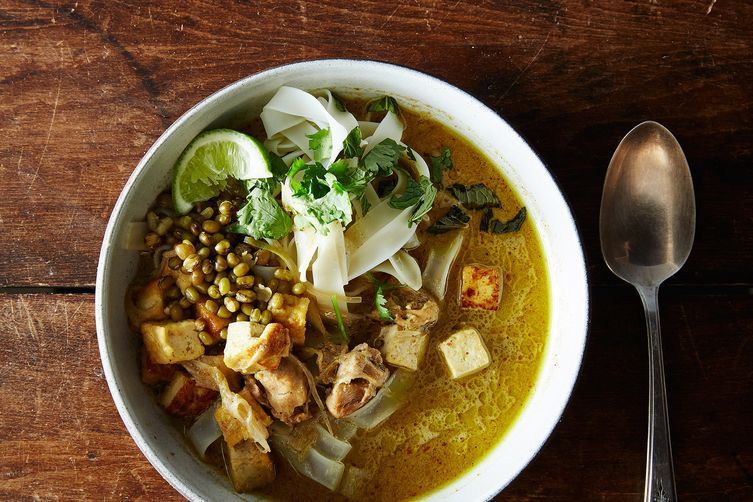

Rustic soups:
Stews:
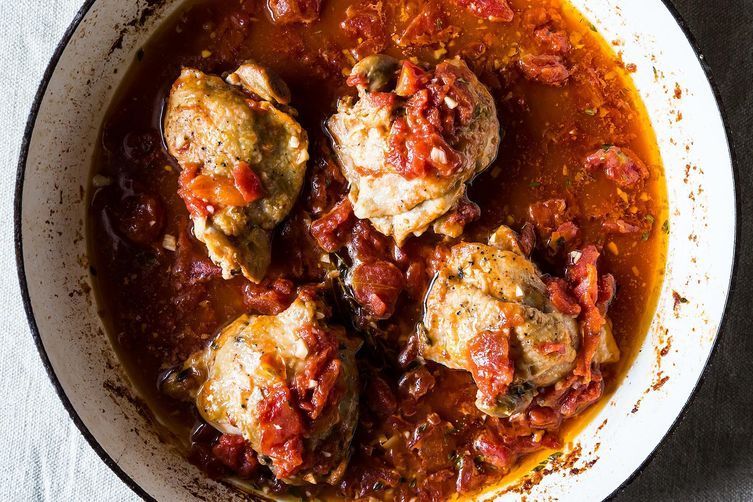
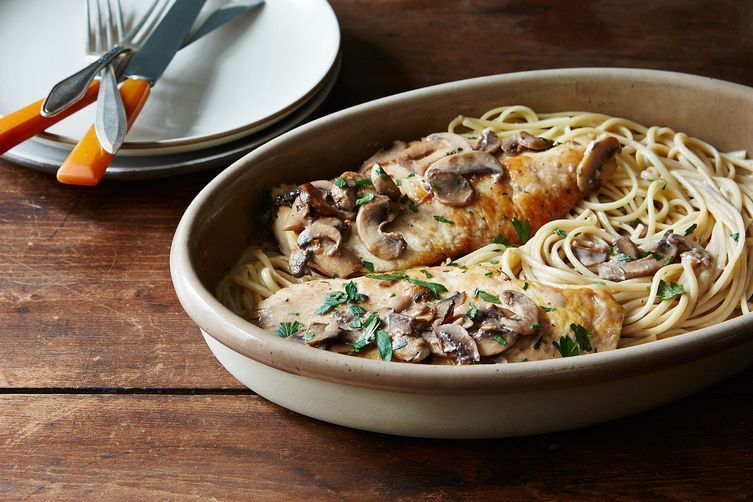
Braises:
Stovetop mains:
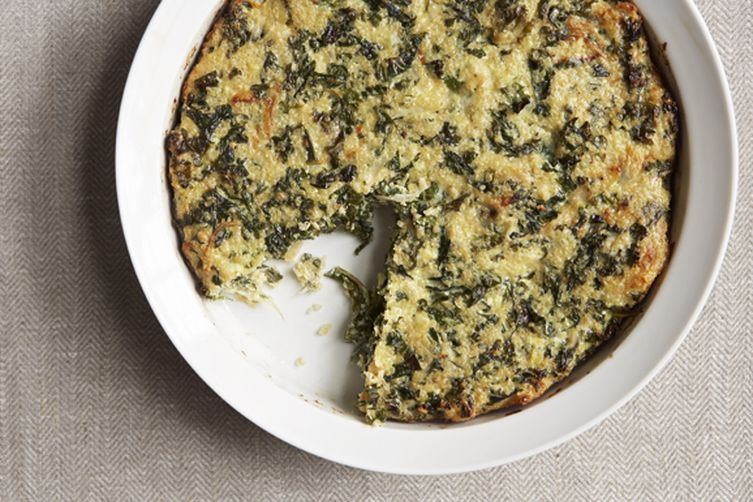
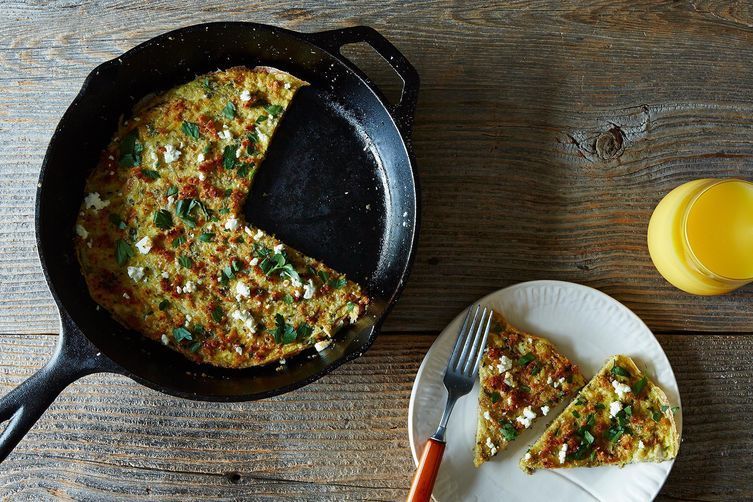
Savory tarts:
Frittatas:
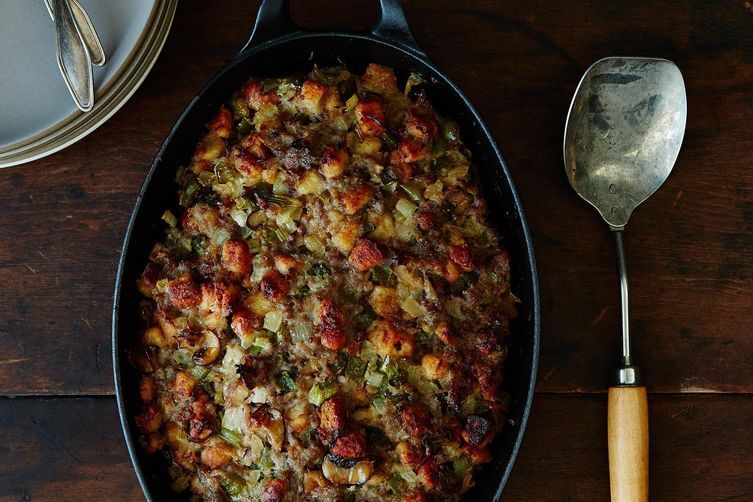
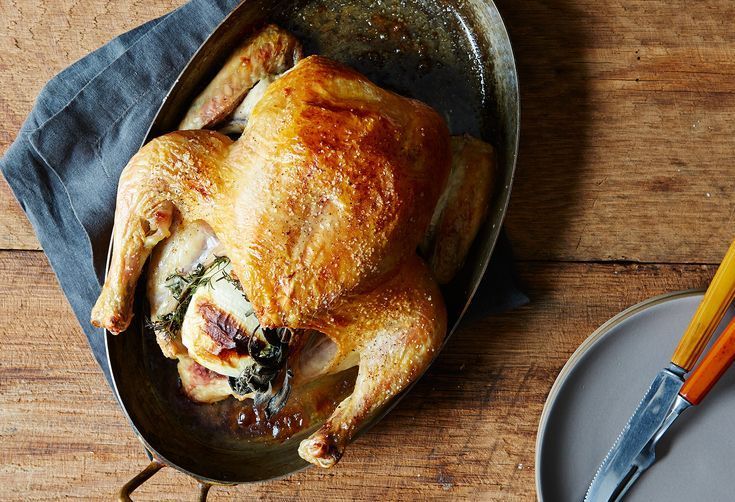
Thanksgiving stuffing, and its first cousin, the strata:
Chicken:
Looking for more ideas? Here is a collection of recipes that call for herb stems. And here are collections for more recipes for Soups, Stews, & Braises, Salads & Sides, Dips & Condiments, Entrees, Savory Delights, Vegetarian Dishes, and Not-Recipe and How-To Gems like the ones above.
Who knows? You may find yourself doing what I do now when shopping for herbs, which is to search for the bunches with the longest stems.
Know of a great recipe in the Food52 archives that uses scraps (anything from commonly discarded produce parts to stale bread to bones and more)? Tell us about it in the comments!

























See what other Food52 readers are saying.